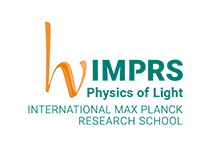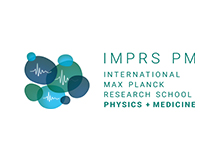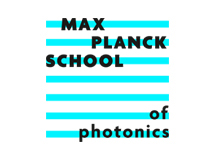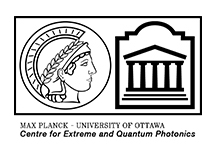Welcome to non-Hermitian topological phenomena
In our Lise Meitner Research Group "Non-Hermitian Topological Phenomena”, we study the topological features on non-Hermitian systems. Non-Hermiticity plays a central role in classical and quantum systems. In the classical realm, this comes about due to, e.g., gain and loss processes in optics, while in the quantum realm, non-Hermiticity describes the dynamics of open quantum systems as well as, e.g., scattering and decay due to, e.g., interactions and disorder. In recent years, non-Hermiticity has been investigated in the context of topology revealing a dramatic enrichment of the phenomenology of topological phases resulting in a new cross-disciplinary research field that is rapidly expanding, as described in this review paper.
Our independent group was founded as part of the Marquardt Division in November 2021. As of January 2024, Flore Kunst’s group continued as a Lise Meitner Research Group, supported by the Max Planck Society’s Lise Meitner Excellence Program 2.0. Additionally, Flore successfully acquired an ERC Starting Grant.
If you are interested to join for a Bachelor or Master project, please contact Flore Kunst.
Flore will be lecturing about Hermitian and non-Hermitian topology at three schools this year:
Two spring schools in April 2024 - the 18th Capri spring school and YRS2024 Maynooth, as well as at a summer school in June 2024, the QuMat summer school 2024.
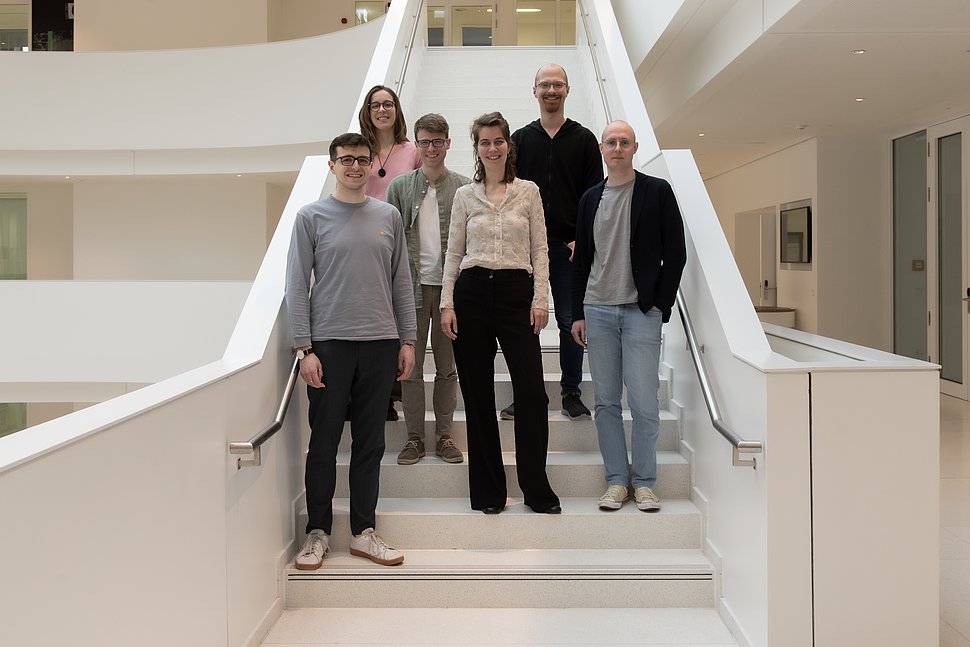
This research is funded by the Lise Meitner Excellence Program 2.0 and the European Union.
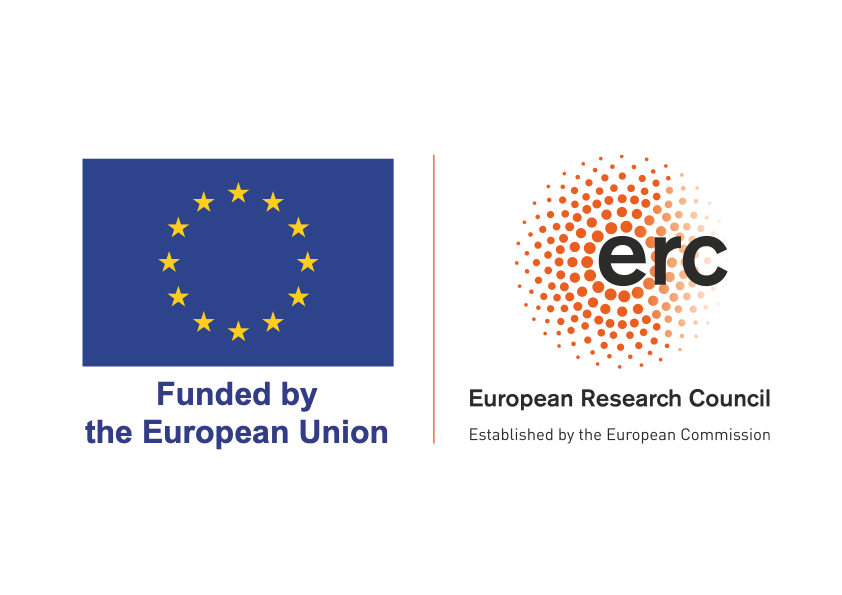
Contact
Flore Kunst
Lise Meitner Research Group
MPI for the Science of Light
Staudtstr. 2
D-91058 Erlangen, Germany


